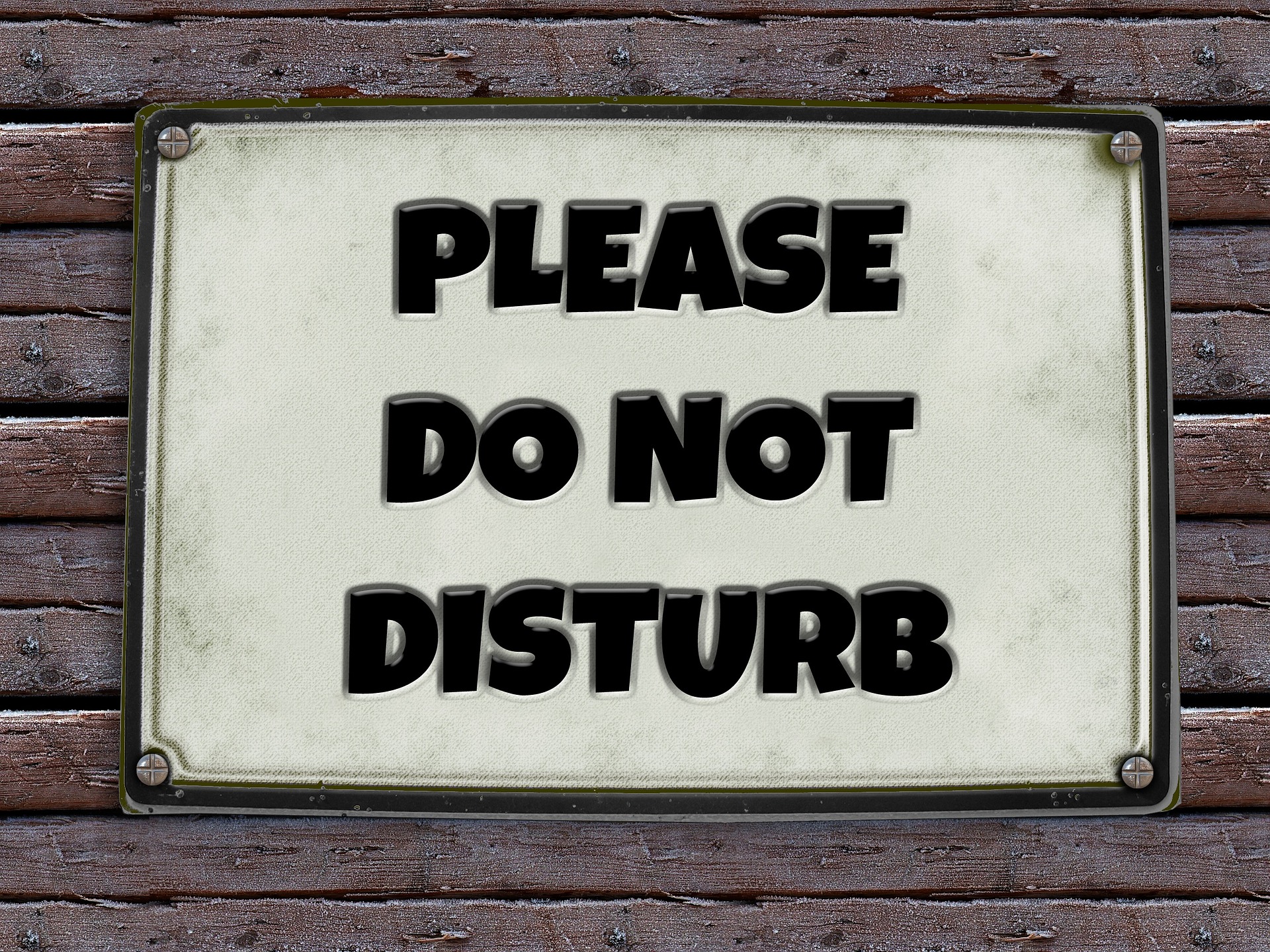
Cold calling is at the top of salespeople’s hate list, that’s for sure, but it seems that following up holds second place. However, statistics show that 80% of sales require 5 follow-up phone calls after the initial contact (Source: The Marketing Donut), and yet a whopping 44% of salespeople give up after just one follow-up (Source: Scripted). That’s a great number of wasted opportunities, and the whole problem can be boiled down to the fear of being rejected or annoying. This shouldn’t be easily dismissed because there’s a thin line between being persistent and being a nuisance. Still, there are some rules that can help you follow up with your prospect, without causing plenty of eye-rolling.
Calling or Emailing?
There’s no consensus on this one, as it’s mainly a matter of preference. Some prospects don’t like to be disturbed by phone calls while they’re still weighing up their options and considering your offer. That’s why the best option is to ask them candidly how they would like to be contacted in the future. Many people choose email as their preferred medium of communication, and that’s ok, but bear in mind that you’re dealing with businesspeople who receive as much as 200 emails a day, or even more, and that your message might end up in an avalanche of unopened emails. You can bring this issue up, and suggest some kind of solution, such as sending them priority emails or adding something specific to the subject line that will make your message stand out. Finally, you should also establish the response time frame, as laying some technical ground rules will help you do your job and avoid that “annoying salesperson” cliché.
Social Media
The fact that your prospect wants to be contacted via email doesn’t mean that you shouldn’t suggest connecting on LinkedIn, Twitter, or even Facebook, especially if you post articles or share some valuable resources that they can benefit from. After opening this channel of communication, you can also show interest in your prospect’s online activity by liking, sharing, or commenting on their posts. However, make sure not to cross the line by being too intrusive or coming off as a stalker.
Define the Next Step
A phone call or a meeting with a prospective client that went well should never end in “talk to you soon” or “we’ll get back to you”. This means that you’ll have to wait for them to ping you, and that’s a very unpleasant and vague situation. In order to avoid this, try to schedule your next meeting by asking your prospect when they’re free and sending them an invite right away. If they’re asking for a proposal, insist on making an appointment during which you’ll review it together, as the perfect moment to define the next step is during a successful discussion since all it takes is a little push in the right direction. There’s no need to hesitate and delay, so strike while the iron is hot.
Touching Base is Counterproductive
Many salespeople make a mistake by calling or contacting their prospects simply to check in and stay on their radar. This is a bad idea because the only reason to reach out should be when you’ve got something to say or offer. Calling or emailing only to remind them of yourself or your company is annoying, off-putting, and can only deter your prospect even if they were initially interested in doing business with you. Instead of that, what you should do is read what your prospect and their company say on LinkedIn or Twitter, and see if there’s something that you can offer your advice on or help with. That would be a legitimate reason to call and still not reek of desperation. Whenever you can’t clearly state why you’re calling, without beating around the bush and being vague, don’t call.
Say Thanks
No matter what kind of response you get from your prospect, always thank them for their time. These days everybody’s schedule is jam-packed, so the person who took the time to read your proposal or talked to you on the phone, even if they couldn’t accept your offer, deserves appreciation. Besides, they might additionally help you by giving you some valuable insight on how to improve your proposal, or offering you a new contact who could be interested in your products or services. So, sulking and acting as if they owed you something isn’t appropriate. Mentioning how many times you followed up, or how much effort you put into making a proposal is a major no-no, so be polite and respectful regardless of the outcome.
Find out what people like you appreciate about us: We provide accurate high-quality leads. All our data undergoes a thorough and comprehensive process of validation. What our clients get are ready-to-use leads that can be turned into sales opportunities right away.
If you still haven’t tried our platform, now is the right time to do it. Just sign up and we’ll give you 50 high quality and up-to-date leads right away.










 Learn how
Learn how